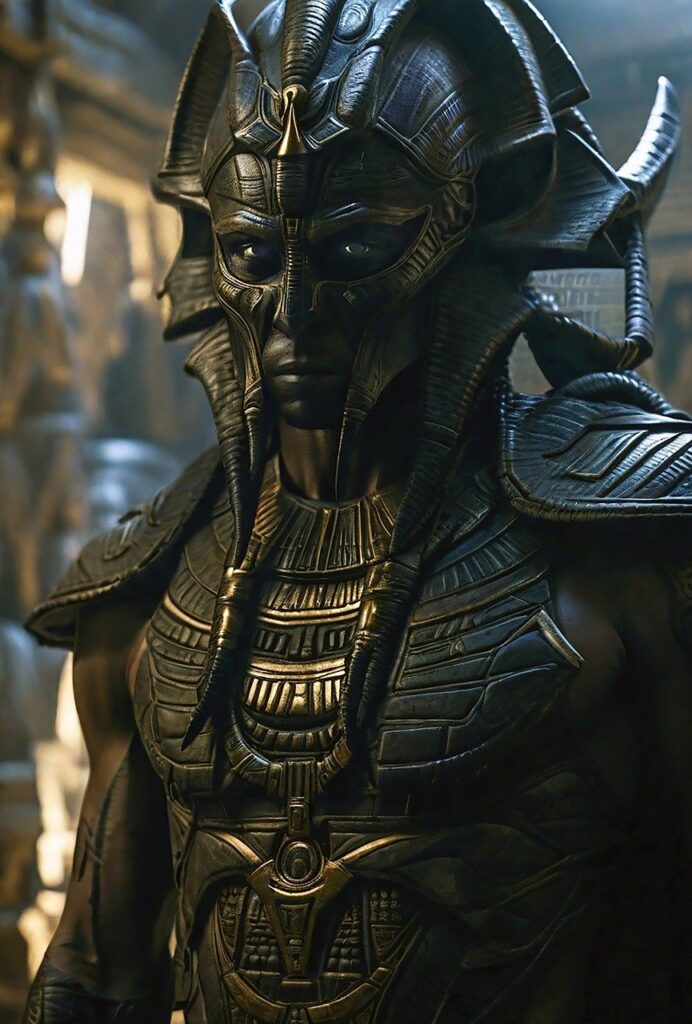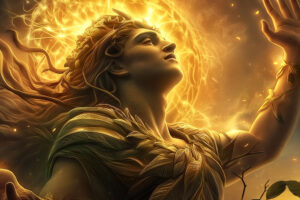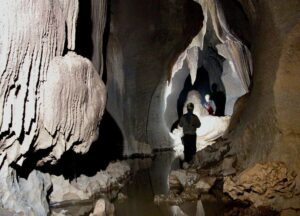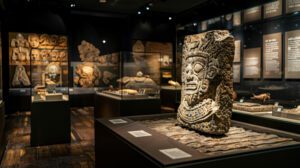Enveloped in an aura of mystery and intrigue, mummies have captivated human imagination for millennia. These enigmatic figures, swathed in layers of linen, stand as silent sentinels from the distant past. Their existence raises profound questions: What are they? How did they come to be?
 Pin
Pin Image from Pixabay
At their core, mummies are preserved human or animal remains. This preservation can occur naturally through the unforgiving embrace of extreme environments – the arid deserts, frigid mountains, or perpetual ice. Alternatively, mummies can be the product of intentional human intervention, a testament to complex cultural beliefs and advanced techniques.
The word “mummy” itself carries a historical echo. Derived from the Persian term “mumiya,” meaning “bitumen,” it hints at the substances often employed in the preservation process. However, the concept of mummification transcends geographic and temporal boundaries, with diverse cultures leaving their mark on this ancient practice.
Table of Contents
What is a Mummy?
A mummy is the preserved body of a human or animal. This preservation can occur naturally through extreme conditions like cold or dryness, or it can be intentional, as in the case of the famous Egyptian mummies. The term “mummy” is derived from the Persian word “mumiya,” which means “bitumen,” a substance often used in the mummification process.
The Art of Mummification: An Egyptian Masterpiece
While mummies have been found in various cultures and climates, the Egyptians perfected the art of mummification. Driven by their belief in an afterlife, they developed intricate processes to preserve the body for the soul’s journey.
The Mummification Process:
- Preparation: The body was washed thoroughly with water and palm wine to cleanse it before the preservation process began.
- Evisceration: Internal organs were carefully removed through a precise incision in the abdomen. The organs, except for the heart which was considered the seat of the soul, were preserved separately in canopic jars. These jars were often protected by the images of the four sons of Horus: Imsety, Hapi, Duamutef, and Qebehsenuef.
- Dehydration: The body was then covered in natron, a naturally occurring salt mixture, and left to dry out for approximately 40 days. Natron absorbed moisture from the body, preventing bacterial growth and decomposition.
- Embalming: After dehydration, the body cavity was stuffed with linen or sawdust to help it maintain its shape and size. The body was also anointed with oils and resins to further preserve it.
- Wrapping: The mummified body was meticulously wrapped in layers of linen bandages. Priests recited spells and prayers during this process to ensure the protection and transformation of the deceased in the afterlife. Amulets, rich in symbolic meaning and magical powers, were placed between the wrappings to safeguard the mummy on its journey.
- Coffin: Finally, the mummified body was placed in a series of coffins, each nested within the other like a set of Russian dolls. The outermost coffin, known as a sarcophagus, was intricately decorated with religious texts, spells, and images to aid the deceased in navigating the afterlife.
Through these meticulous steps, the ancient Egyptians achieved a remarkable feat in preserving the physical form of the deceased, allowing them to continue their existence in the afterlife according to their beliefs and traditions.
Beyond Egypt: Other Mummies
While the Egyptians undoubtedly perfected the art of mummification, the desire to preserve the deceased is a universal human impulse, reflected in the diverse practices of cultures around the world.
Nature itself has played a significant role in creating mummies. In the unforgiving environments of the Andes Mountains, the extreme cold and dry air acted as natural preservatives, transforming human remains into frozen time capsules. Similarly, the frigid expanse of Siberia has yielded remarkable examples of naturally mummified bodies, offering unparalleled glimpses into the lives of ancient inhabitants.
Beyond these accidental preservations, various cultures developed their own methods of mummification. The Inca civilization, for instance, possessed sophisticated techniques for preserving their dead. Their methods, though different from the Egyptian process, were equally driven by religious beliefs about the afterlife. Inca mummies were often carefully desiccated and wrapped, sometimes adorned with gold and precious objects.
These examples highlight the global nature of the mummification phenomenon. From the intricate rituals of the Egyptians to the natural preservation offered by extreme environments, the creation of mummies represents a fascinating intersection of culture, belief, and the enduring human desire to connect with the past.
The Legacy of Mummies
Mummies, these enigmatic remnants of the past, continue to exert a profound fascination on the human psyche. Far from being mere curiosities, they serve as invaluable windows into the lives, beliefs, and practices of ancient civilizations.
Through the meticulous examination of mummies, archaeologists, anthropologists, and scientists have unlocked a treasure trove of knowledge about our ancestors. From the intricate details of daily life to the complex rituals surrounding death and the afterlife, mummies offer unparalleled insights into the human experience. Their preserved bodies, adorned with artifacts and bearing the marks of time, provide tangible connections to a world long vanished.
The study of mummies is a dynamic and evolving field. Advances in technology, such as DNA analysis and imaging techniques, have revolutionized our understanding of these ancient individuals. Researchers are constantly pushing the boundaries of knowledge, uncovering new information about diet, disease, and even genetic lineage.
The legacy of mummies extends far beyond the realm of academia. They have inspired countless works of art, literature, and film, capturing the public imagination and sparking a lifelong curiosity about the past. As we continue to explore the mysteries of these extraordinary remains, we gain a deeper appreciation for the complexities of human history and our place within it.
FAQs
A mummy is the preserved body of a human or animal. This preservation can happen naturally due to extreme conditions like cold or dryness, or it can be intentional, as in the case of the famous Egyptian mummies.
Egyptians believed in an afterlife and mummification was their way of preserving the body for the soul’s journey. The process involved several steps:
- Preparation: The body was cleaned with water and palm wine.
- Evisceration: Internal organs were removed, except for the heart, and placed in canopic jars.
- Dehydration: The body was covered in natron (a natural salt) to remove moisture.
- Embalming: The body was stuffed with linen or sawdust to restore its shape.
- Wrapping: The body was wrapped in layers of linen bandages, often with amulets.
- Coffin: The mummified body was placed in a sarcophagus (decorated coffin).
Yes, mummies have been found in various parts of the world. Some were naturally preserved due to extreme conditions (like in the Andes or Siberia). Other cultures, such as the Inca, had their own mummification methods.
The reasons varied by culture. For Egyptians, it was primarily a religious belief in the afterlife. Other cultures might have had different reasons, such as honoring the deceased or preserving their remains for ceremonial purposes.
Mummies provide invaluable insights into ancient cultures, beliefs, and practices. Scientists can study their DNA, diet, diseases, and even the clothes they wore to understand life in the past.
Yes, there are ethical considerations. Respect for the deceased and the cultural heritage of the people involved is crucial. Many countries have strict regulations on how mummies can be studied and displayed.































